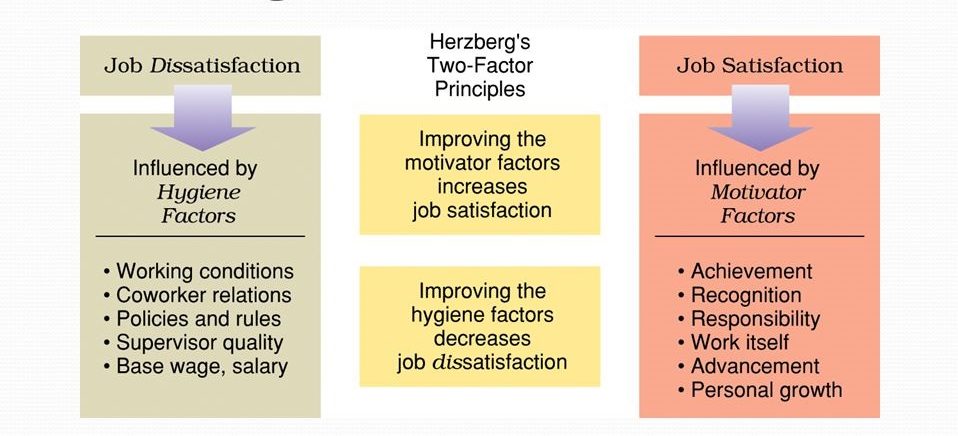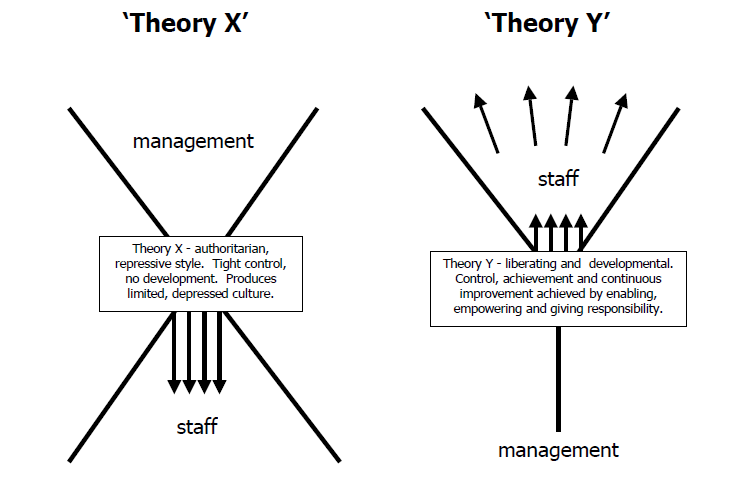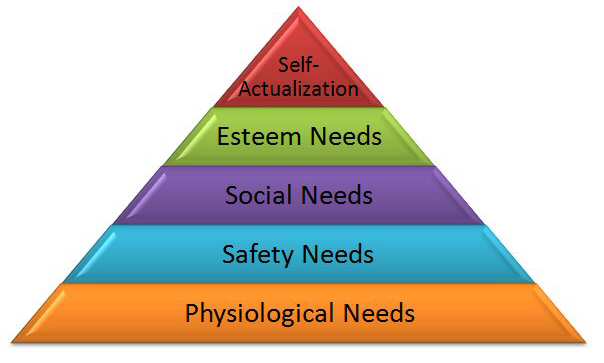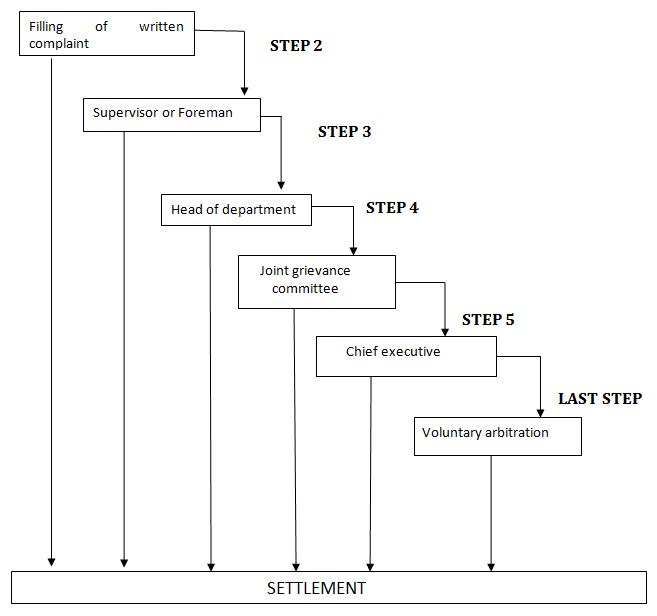A significant development in motivation was distinction between motivational and maintenance factors in job situation. A research was conducted by Frederick Herzberg and his associates based on the interview of 200 engineers and accountants who worked for eleven different firms in Pittsburgh area. These men were asked to recall specific incidents in their experience, which made them, feel either particularly good or particularly bad about jobs. The findings of the research were that good feelings in the group under test were keyed to the specific tasks that the men performed rather than to background factors such as money, security or working conditions and when they felt bad, it was because of some disturbance on these background factors which had caused them to believe that they were being treated unfairly. This led to draw a distinction between what are called as ‘motivators’ and ‘hygiene factors’. To this group of engineers and Continue reading
Human Resource Concepts
Theories of Motivation: McGregor’s Theory X and Theory Y
Douglas McGregor who set forth in his book “Human Side of Enterprise” two pairs of assumptions about human beings which he thought were implied by the actions of autocratic and permissive managers. The first set of assumptions is contained in “Theory X” and the second set of assumptions in “Theory Y”. It is important to note that these sets of assumptions were not based on any research, but is intuitive deductions. Theory X: Theory X’ believes that autocratic managers often make the following assumptions about their subordinates. Accordingly, the subordinate in general: Has an inherent dislike for work and will avoid it, if he can; Is lazy and avoids responsibility. Is indifferent to organisational goals; and Prefers to be directed, wishes to avoid responsibility, has relatively little ambition and wants security above all. According to McGregor, this is a traditional theory of what workers are like and what management must Continue reading
Theories of Motivation: Abraham Maslow’s Need Hierarchy Model
In 1943, Abraham Maslow’s article, “A Theory of Human Motivation ” appeared in the Psychological Review, which were further expanded upon in his book: Toward a psychology of well being, Abraham H. Maslow attempted to formulate a needs-based framework of human motivation and based upon his clinical experiences with people, rather than as did the prior psychology theories of his day from authors such as Freud and B.F. Skinner, which were largely theoretical or based upon animal behavior. The basis of Maslow’s motivation theory is that human beings are motivated by unsatisfied needs, and that certain lower factors need to be satisfied before higher needs can be satisfied. According to Maslow, there are general types of needs (physiological, survival, safety, love, and esteem) that must be satisfied before a person can act unselfishly. He called these needs “deficiency needs.” As long as we are motivated to satisfy these cravings, Continue reading
Establishing a Grievance Procedure in Workplace
Every employee has certain expectations which he thinks must be fulfilled by the organization he is working for. When the organization fails to do this, he develops a feeling of discontent or dissatisfaction. When an employee feels that something is unfair in the organization, he is said to have a grievance. In the Industrial Relations language, Grievance is defined as anything which irritates or tends to make work conditions unsatisfactory and thereby harbors a discontent or dissatisfaction arising anything connected with the company that an employee thinks, believes or even feels, unfair, unjust. In this sense many of the controversial issues in Industrial Organizations may be said to arise as a result of incept or ill-advised handling or neglect of grievances which individually may appear trivial but collectively may become explosive. The following principles should be observed while laying down a grievance procedure in organizations: A grievance should be dealt Continue reading
The Model Grievance Procedure
A grievance is a complaint by an employee that something in the management’s behavior has breached his or her employment rights and that he or she is unhappy about it. It may be real or it may be the result of a misconception or a misunderstanding. Managing grievance is, however, primarily a line manager’s responsibility. In this line managers require help, advice support and expertise from the employee relations procedures and training line managers to operate these procedures in a fair, reasonable and consist manager. Employee grievances are an outward expression of worker dissatisfaction which, if not resolved can result in unsatisfactory work behavior which has adverse consequences for the organization’s competitive position. An important aspect of grievance machinery is the reassurance given to an individual employee by the mere fact that there is a mechanism available to him which will consider his grievance in a dispassionate and detached manner, Continue reading
Human Resource Information Systems (HRIS)
Human Resource Management Systems (HRMS, EHRMS), Human Resource Information Systems (HRIS), HR Technology or also called HR modules, shape an intersection in between human resource management (HRM) and information technology. It merges HRM as a discipline and in particular its basic HR activities and processes with the information technology field, whereas the planning and programming of data processing systems evolved into standardized routines and packages of enterprise resource planning (ERP) software. On the whole, these ERP systems have their origin on software that integrates information from different applications into one universal database. The linkage of its financial and human resource modules through one database is the most important distinction to the individually and proprietary developed predecessors, which makes this software application both rigid and flexible. “HRIS can be briefly defined as integrated systems used to gather, store and analyze information regarding an organization’s human resources.” (Hedrickson, 2003, p.381). Human Resource Continue reading





